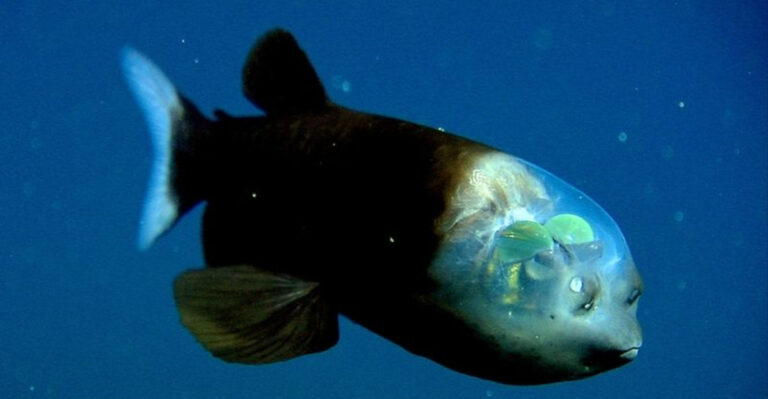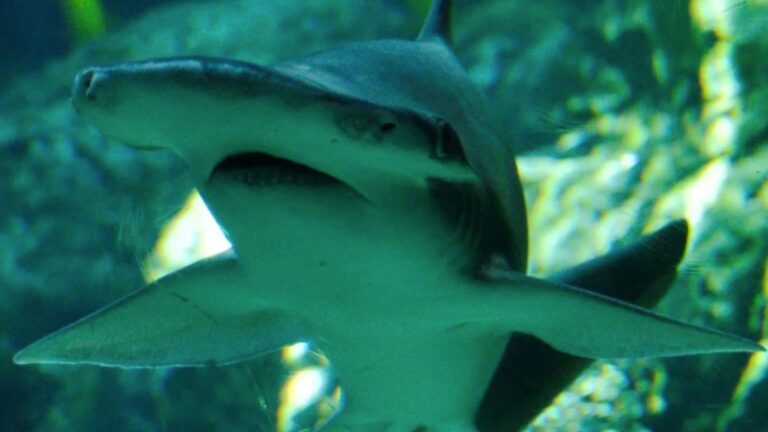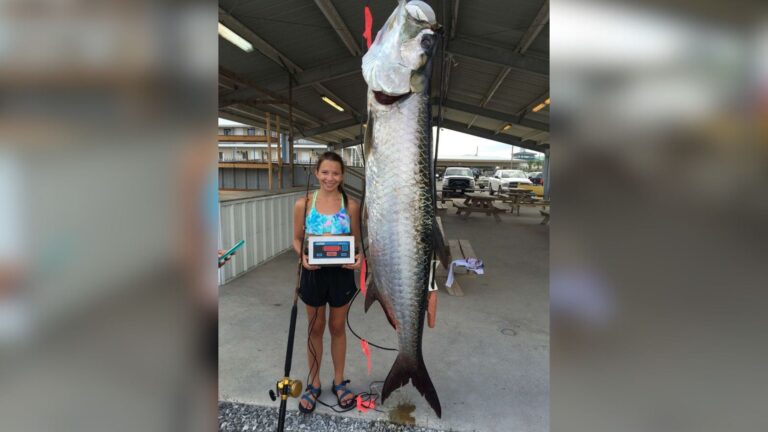Rare Jaguar Cubs Birth Is Giving Conservationists Hope
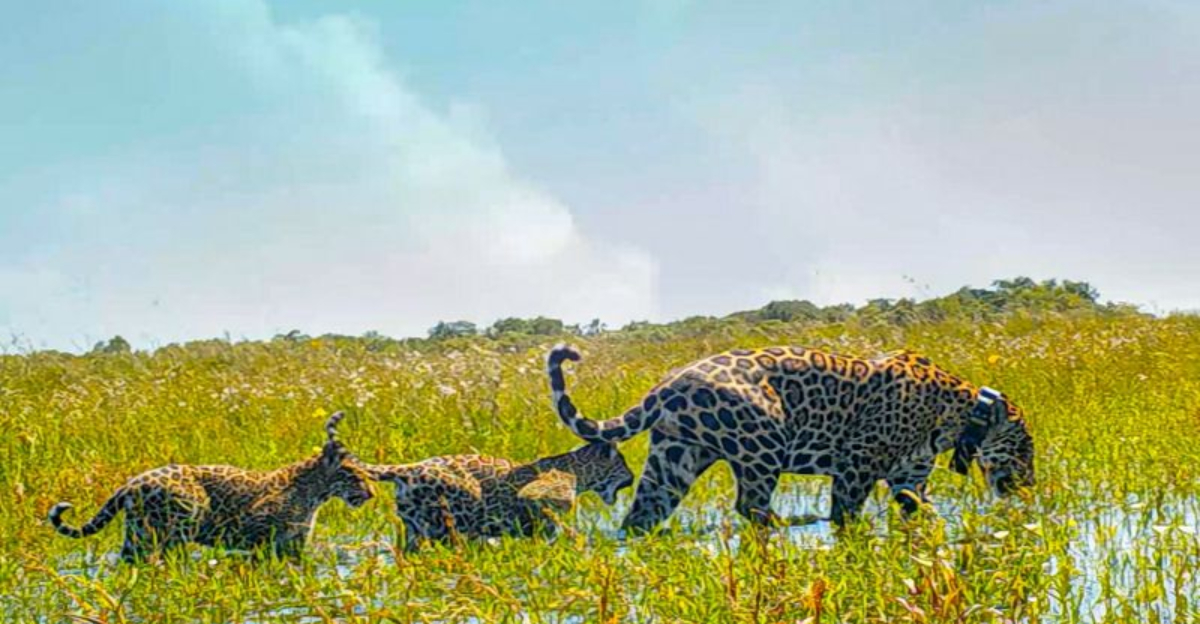
The recent birth of jaguar cubs in Argentina has ignited a spark of hope among wildlife conservationists worldwide. With jaguar populations dwindling to critically low numbers across South America, every new birth represents a precious opportunity for species recovery.
These tiny spotted cubs aren’t just adorable additions to their species – they symbolize nature’s resilience and humanity’s growing commitment to protecting Earth’s magnificent predators.
1. Miracle In The Jungle
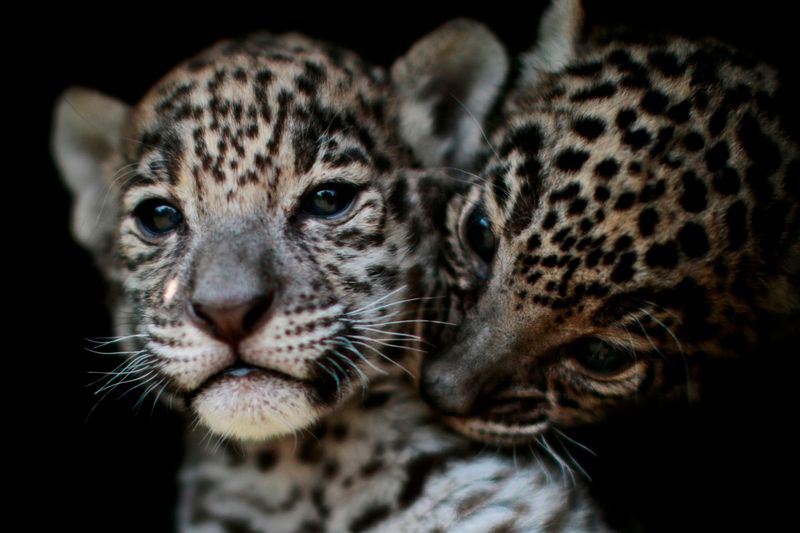
Against incredible odds, a female jaguar recently gave birth to healthy cubs in a protected reserve. This remarkable event occurred in one of Argentina’s last remaining jaguar strongholds.
Conservationists monitoring the mother had almost given up hope she would breed successfully after several failed attempts. The birth demonstrates that with proper protection, these magnificent cats can still recover from the brink of extinction.
2. Population On The Edge

Argentina’s jaguar population has plummeted to approximately 250 individuals in the wild. Once abundant throughout the country’s northern forests, these powerful cats now occupy less than 5% of their historical range.
Scientists warn that such small populations face heightened extinction risks from disease outbreaks, natural disasters, or continued habitat loss. Every surviving cub represents precious genetic diversity for this endangered population.
3. Return Of The Spotted King

Jaguars once ruled as apex predators across Argentina’s diverse ecosystems. From the subtropical Yungas forests to the wetlands of Iberá, these magnificent cats maintained nature’s delicate balance.
The recent births signal the potential for jaguars to reclaim their ecological throne. Conservation organizations have identified key corridors where jaguars could potentially repopulate former territories, creating a connected network of jaguar habitats throughout the region.
4. Habitat Heroes
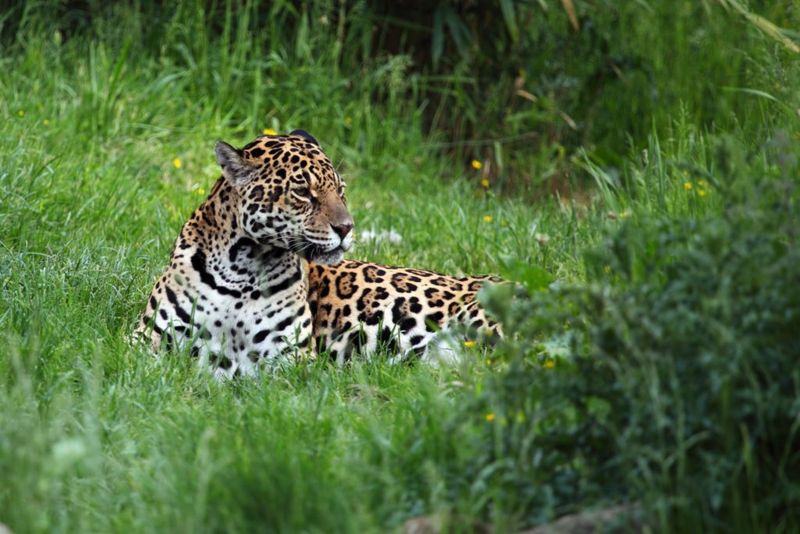
Dedicated conservationists work tirelessly behind these successful jaguar births. Teams of biologists, veterinarians, and local rangers collaborate to monitor breeding pairs, protect territories, and prevent poaching.
Many spend months in remote field stations, braving harsh conditions and isolation. Their commitment extends beyond the cats themselves to restoring forest ecosystems and creating wildlife corridors that allow jaguars to move safely between protected areas.
5. Forest Fragments
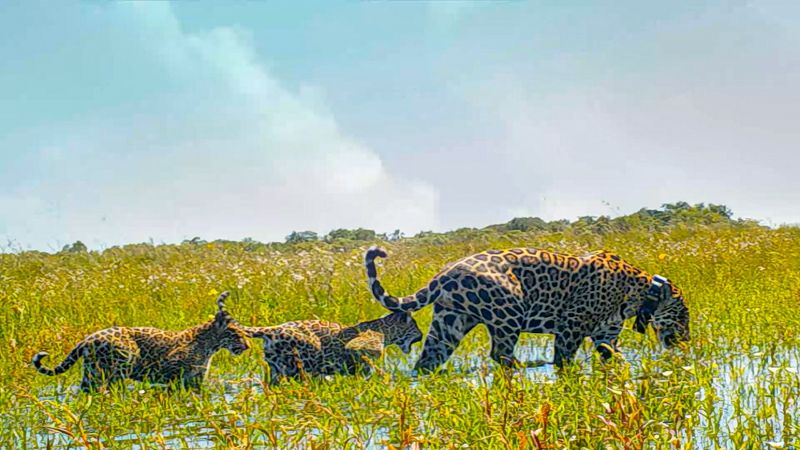
Jaguar survival depends on connected wilderness. Modern satellite imagery reveals Argentina’s once-vast forests now resemble a patchwork quilt of isolated fragments.
Young jaguars seeking new territory face dangerous journeys across roads, farms, and ranches. Conservation groups are working with landowners to create protected corridors between forest fragments. These natural highways allow jaguars to travel safely, find mates, and maintain genetic diversity.
6. Cattle Conflict Resolution
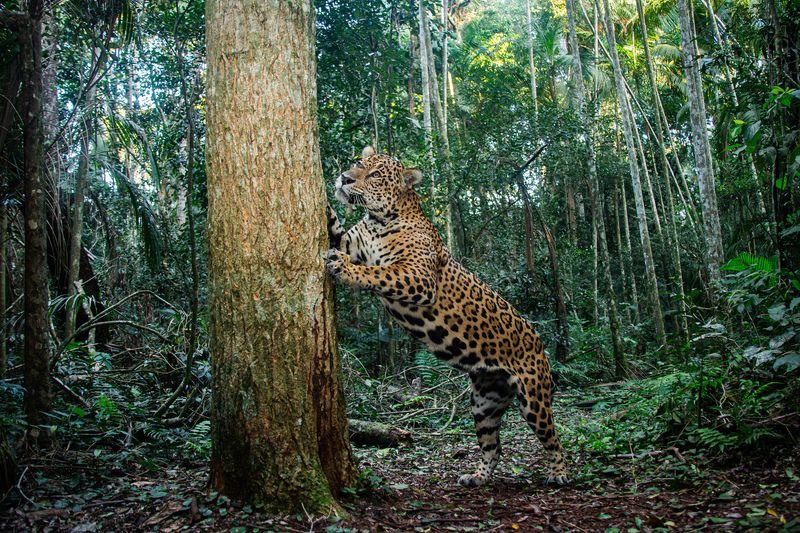
Farmer-jaguar conflicts have historically driven jaguar declines. When predators occasionally take livestock, ranchers often retaliate by hunting jaguars.
Innovative solutions are changing this dynamic. Some conservation programs compensate farmers for lost cattle. Others introduce guard dogs, improved fencing, or nighttime corrals. These approaches protect both livestock and predators, turning former jaguar hunters into conservation allies.
7. Scientific Breakthrough
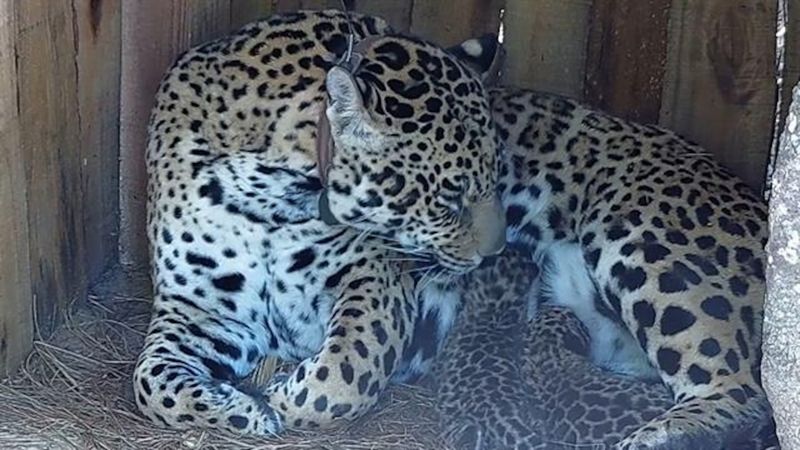
Advanced reproductive technologies supported these crucial jaguar births. Scientists meticulously monitored hormone levels, tracked optimal breeding timing, and provided specialized nutrition to maximize reproductive success.
GPS collars allow researchers to follow mother jaguars remotely, minimizing human disturbance while gathering vital data. DNA samples from cubs help geneticists analyze population health and diversity, ensuring future breeding programs strengthen the species’ resilience against extinction.
8. Ecosystem Engineers
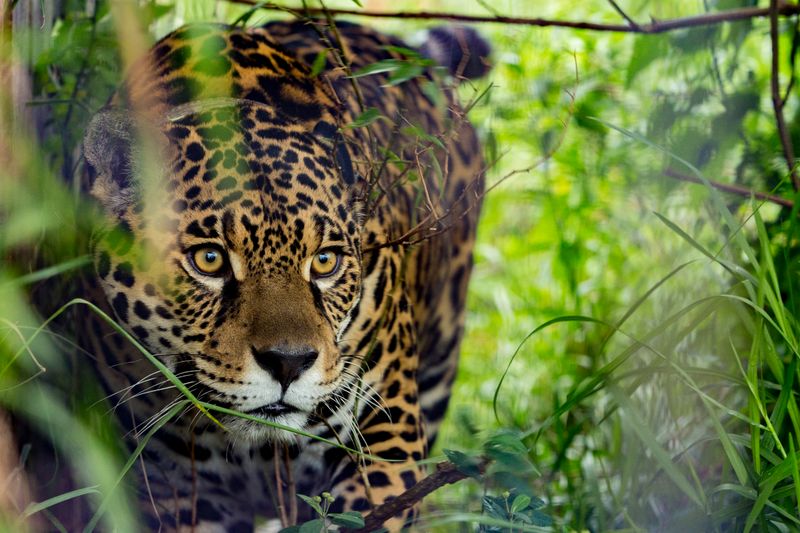
Jaguars shape entire ecosystems through their hunting behaviors. As top predators, they control populations of herbivores like capybaras and deer, preventing overgrazing that damages plant communities.
Their presence creates what ecologists call a “landscape of fear” that changes prey behavior. Without jaguars, ecosystems become imbalanced, with cascading effects throughout the food web. The new cubs represent hope for restoring these natural processes across Argentina’s diverse habitats.
9. Cultural Significance

Jaguars hold profound cultural importance for Argentina’s indigenous communities. Many tribes consider these powerful cats spiritual guardians with connections to ancestral wisdom and natural forces.
The jaguar’s image appears in traditional art, stories, and ceremonies. By protecting jaguars, conservationists also preserve living cultural heritage. Indigenous knowledge often provides valuable insights for conservation strategies, creating partnerships that benefit both communities and wildlife.
10. Rewilding Revolution
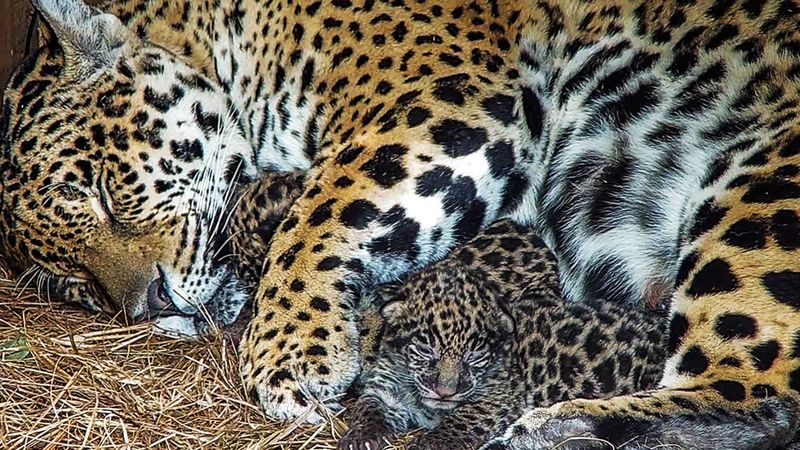
The jaguar births represent a milestone in Argentina’s ambitious rewilding movement. Beyond simply protecting remaining wildlife, rewilding actively restores ecosystems by reintroducing key species to areas where they’ve disappeared.
The Iberá Project exemplifies this approach, transforming former cattle ranches into thriving nature reserves. Cubs born in protected breeding centers may eventually pioneer new jaguar populations in regions where the species was eliminated decades ago.
11. Global Spotlight

News of the jaguar births has captured international attention. Conservation success stories provide rare bright spots amid concerning wildlife decline trends worldwide.
Media coverage raises awareness about jaguar conservation challenges while highlighting potential solutions. This publicity translates into crucial funding support from donors and governments. The cubs have become powerful ambassadors for their species, putting Argentina’s conservation efforts on the global map.
12. Future Guardians
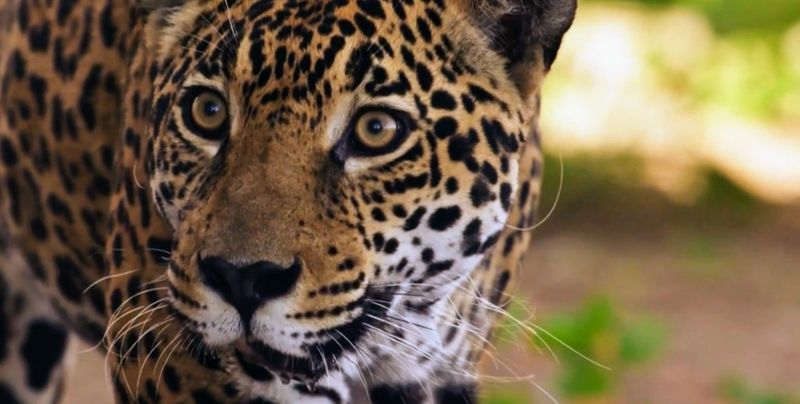
Local children are becoming jaguar champions through innovative education programs. Schools near jaguar habitat incorporate conservation lessons into their curriculum, creating the next generation of wildlife protectors.
Students learn to identify jaguar tracks, understand ecological relationships, and appreciate the value of healthy forests. Field trips to conservation centers allow children to witness firsthand the majesty of jaguars. These educational efforts transform potential threats into passionate advocates for jaguar survival.


